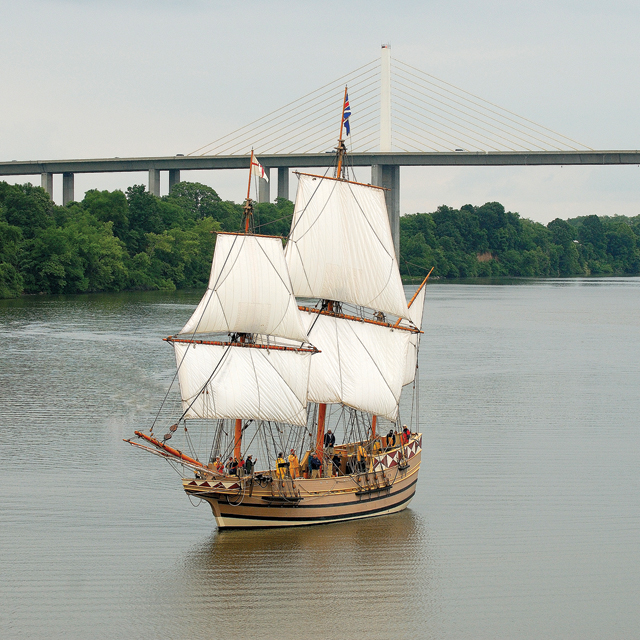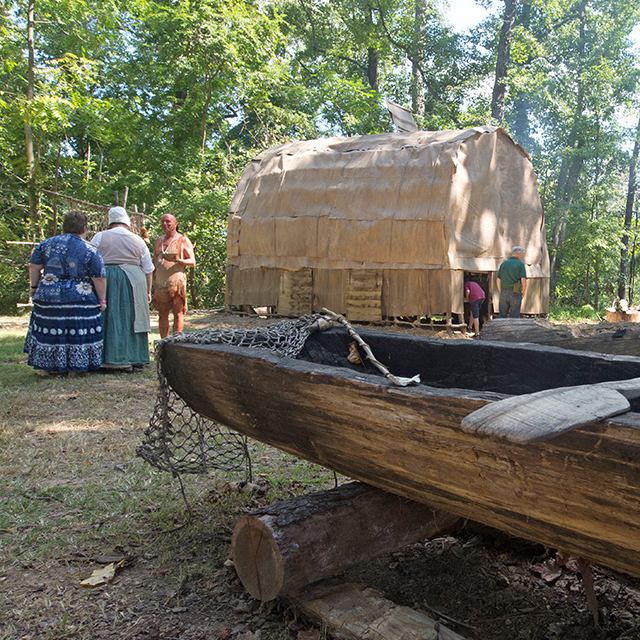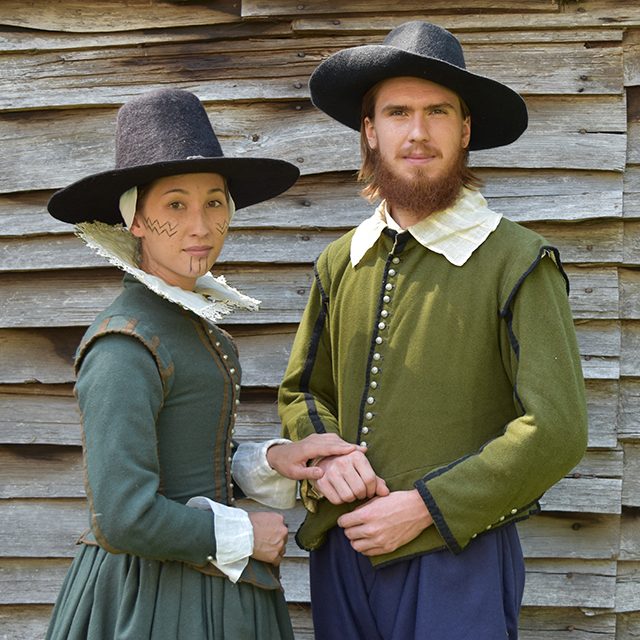Presented by Henricus Historical Park
Henricus Historical Park will be commemorating the 400thanniversary of the arrival of over 20 enslaved Africans into the Virginia settlements, marking the first Africans brought to the New World.
The event will demonstrate the many contributions of those first Africans and how three cultures became in contact with one another – the English, Powhatans, and Africans. Interpreters will demonstrate the food, clothing, technology, agriculture, language, and more brought to Virginia by these people from west central Africa.
Several interpreters will be presenting in character and visitors will be encouraged to ask them about the unique situation as seen from that time. A lecture will also take place focusing on the English laws and culture of the period that may have governed whether the status of these Africans was actually that of slave.
“Our program will be bringing greater illumination of this unknown and obscured history of those 1619 enslaved people to greater vibrance and reality than ever before,” said John Pagano, Henricus’ historical interpretation supervisor. “It will be a fitting and appropriate interpretation and examination of the momentous events of the summer of 1619.”
The program is designed for all ages and groups.
A Brief History of the First Africans
In August 1619, a Portuguese ship transporting enslaved Africans bound for Mexico was hijacked by the English and arrived at Point Comfort, Virginia. These Africans were taken as war spoils by a Dutch/English privateering ship, the White Lion, which raided Portuguese and Spanish ships in the Spanish-held waters south of Florida. Some of those Africans on board were brought to Virginia, where they were exchanged to Virginia Company officials for various supplies. The Africans then began a precarious existence under English domain, which left them in the strange status as involuntary “indentured servants,” as England had no declared legalization of slavery as an institution; but those enslaved Africans would not be able to return home. This arrival would mark the history of slavery in English North America, though that status would take several decades to be a substantial part of the colonial system.






